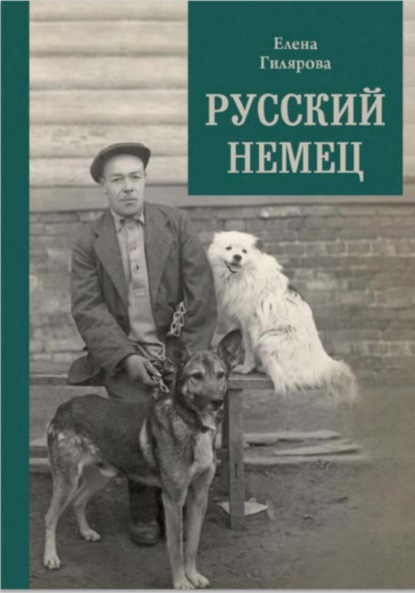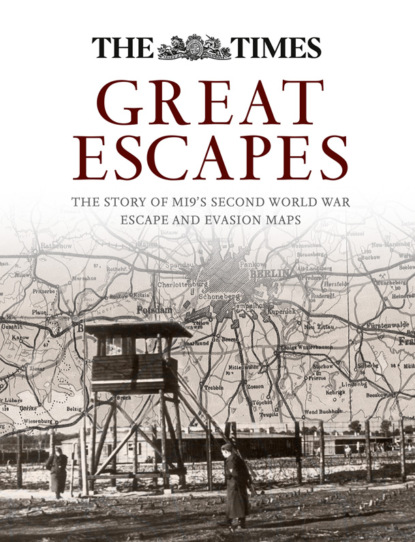По всем вопросам обращайтесь на: info@litportal.ru
(©) 2003-2024.
✖
Great Escapes: The story of MI9’s Second World War escape and evasion maps
Настройки чтения
Размер шрифта
Высота строк
Поля
◊ Printed on: silk
◊ 31 sheets printed in monochrome; two sheets in black, red, brown and blue
◊ Copies printed: not known
For full details of the maps, see Appendix 4.
It is believed that the purpose of this particular group of escape and evasion maps was specifically to help Allied airmen who were shot down and bailed out to evade capture and reach neutral Sweden. It is also known that crews flying damaged aircraft which they knew were unlikely to return home, were briefed to try, if they could, to put them down in southern Sweden. It is possible, therefore, that the maps were issued during pre-flight briefings only to those members of RAF crews destined to overfly Norway or adjacent parts of Denmark and Germany. It is, however, also possible that the maps related to combined operations discussed by SOE and MI9’s Section X, scheduled for summer and autumn 1942. Section X had only been established in January 1942, specifically for planning escapes but also apparently for providing support for other intelligence-mounted operations. The operation mounted in Norway was described as ‘mysterious’ in SOE terms, referred to only by its code name (Grouse) and scheduled to take place sometime after the end of September 1942. It related to the heavy water plant, the Norsk Hydro facility at Rjukan, on which SOE had mounted a huge intelligence-gathering operation as a precursor to blowing it up. It was known that this plant was producing heavy water which the Germans were planning to use in the manufacture of atomic weapons: this was undoubtedly the reason that it was such a strategic sabotage target for SOE. It cannot be coincidence that the coverage provided by this group of silk maps included sheet E35 West, the Rjukan sheet, providing detailed coverage of the plant’s geographic location and adjacent area. The site had been chosen by the Norwegians during their pre-war construction of the plant because of its isolation ‘between Vermok and Rjukan, in the precipice and glacier-bound wilderness of Hardanger Vidda’, as described by Leo Marks in his book, Between Silk and Cyanide. Copies of all sheets still survive. A detailed list of those sheets in this series known to have been produced as escape and evasion maps on silk is given in Appendix 4.
Rjukan, Norway 1:100,000 GSGS 4090 [Fabric], sheet E35 West.
Detail from this sheet.
The hydro-electric power plant at Rjukan, where German scientists attempted to produce the ‘heavy water’ necessary for the manufacture of atomic weaponry. The Germans were experimenting with the process as early as 1940, but the project was sabotaged by Norwegian and British forces.
Sheet 43A, showing northern France and parts of Belgium and Holland. The main map was printed at 1:1,000,000 with insets of the French–Spanish border at a larger scale.
[SERIES 43]
The use of standard operational mapping continued into 1943. This particular escape and evasion series had no title or individual sheet names. All sheets had the prefix 43 which, it is believed, refers to 1943, the year in which production commenced, and so this escape and evasion series has been identified as [Series 43]. A detailed list of the sheets, which are all small-scale (1:1,000,000) with some large-scale insets, is provided in Appendix 5. There are ten basic sheets, produced largely in combinations, with only one sheet apparently printed single-sided. The coverage extends from 10°W to 26°E (Portugal to Turkey) and from 40°N to 52°N (central Spain to Holland).
Вы ознакомились с фрагментом книги.
Приобретайте полный текст книги у нашего партнера:
Приобретайте полный текст книги у нашего партнера:





